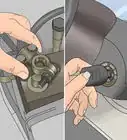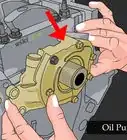This article was co-authored by wikiHow Staff. Our trained team of editors and researchers validate articles for accuracy and comprehensiveness. wikiHow's Content Management Team carefully monitors the work from our editorial staff to ensure that each article is backed by trusted research and meets our high quality standards.
There are 12 references cited in this article, which can be found at the bottom of the page.
This article has been viewed 26,830 times.
Learn more...
If you have ever traveled a dark road at night, you know the importance of having good headlights to light your way. However, headlights are no use if they are pointed at the scenery or worse, at other drivers. Headlights are usually easy to reposition, but their adjusters can wear out over time or break from accidents. The fix isn’t very difficult, although dealing with a broken screw is easier if you have at least a moderate amount of experience working on cars. Replace the adjustment screws to safely rule the road at night.
Steps
Locating and Reaching the Screws
-
1Purchase replacement screws matching the kind of car you have. Note the make and model of your car when shopping for new screws. Also, note the year your car was manufactured. If you have this information available, you will have a better chance of getting parts that fit the headlights. Check the description listed with each package of screws to ensure they are compatible with your vehicle.
- Adjustment screws are available online, but you may also be able to order them from local auto parts stores.
- Each headlight has a pair of adjustment screws, so you will have to get 4 in total if you’re planning on replacing all of them. They come with the plastic casing used to secure them to the headlights.
-
2Open the hood to look for the adjustment screws on the headlights. Each headlight typically has one screw on top and another one on the side. If you’re looking at the left headlight, the second screw will be on the right, and if you’re looking at the right headlight, it will be on the left. The screws are silver and stand out from the black backing on the headlights.[1]
- If you’re unable to find or access the screws, check your car’s owner’s manual for more information. Some manufacturers make it a little more difficult, such as by having you reach underneath the car to get at the screws.
Advertisement -
3Use a socket wrench to remove the bolts above the headlights. The bolts are on the car’s frame, right above the grill. Secure a socket wrench to them and rotate them counterclockwise one by one. After setting the bolts aside, gently pull the headlights out from the car’s frame. The electrical wiring will still be connected, so don’t pull them out too far.[2]
- Set the headlights on a clean, soft towel for protection while changing out the adjustment screws.
- Before handling headlights, put on a pair of nitrile gloves. The headlights are safe to handle, but you could leave fingerprints on them, causing the bulbs to burn out at a faster rate than usual.
-
4Detach the clips and electrical wires from the headlights. Each headlight will have a big plug in the center. Gently pull the plug back to detach it. Then, look for a small, coiled hose with several power wires leading to a rubber ring near the center of each headlight. Twist the ring counterclockwise to pull the bulbs out.[3]
- Take a picture of the headlights before taking them apart. It can be helpful when you’re trying to put them back together later.
Installing New Screws
-
1Place the headlight assembly on a clean towel. Wear nitrile gloves while handling it. Flip it over so the clear side is face down. Then, locate the adjustment screws. Make sure you’re able to access the broken one and find any screws holding it in place.[4]
- Headlights can be a little delicate, so always place them on something soft and try to avoid touching the bulbs with your bare hands.
-
2Remove the screws with a Phillips screwdriver if they are intact. The adjustment screws have a plastic cap, usually colored white, that holds them to the headlight. On some cars, you can take out the screw and even the cap without having to pull apart the entire headlight. Turn the screws counterclockwise as much as you can. Slot in the new screws along with the plastic shields if you’re replacing those as well. Then, tighten the screws by turning them clockwise before reinstalling the headlights on your car.[5]
- The plastic case gets more brittle over time and can shatter. You may have to open up the entire headlight assembly to fish out the little bits of plastic.
- If your headlight assembly doesn’t have separate screws holding the adjuster in place, then open the headlight up to remove it.
-
3Remove the wiring and other flammable parts if the adjuster is stuck. Follow the bulb wires toward the back of the headlight assembly, where you will see a big screw in the center. Remove it to detach the rubber ring and the connected wiring. Then, check around the entire headlight case for any remaining screws you can remove. Your headlights might also have air vents on the ends that you can pull out once the screws are gone.[6]
- Before continuing, give your headlights a second check for any other removable parts. Since you have to use heat to open up the headlight assembly, the most fragile parts all have to come out in advance.
-
4Warm the headlight assembly with a heat gun for 6 minutes. If you have a heat gun available, set it to a low temperature like 275 °F (135 °C). Let it warm up for a minute, then hold it about 6 in (15 cm) from the edge of the headlight. Move the heater gradually around the edges of the glassy cover on the front end. It is glued to the black, plastic housing, but heating the glue softens it.[7]
- Sweep the heat gun across the headlight at a slow but steady pace. Don’t let it linger in one spot, or else it could melt something.
- Another option is to heat an oven and then put the headlight inside. If your oven is big enough to hold the entire headlight, it’s an easy way to melt the glue evenly.
-
5Pry the cover off the headlight assembly with a flat-head screwdriver. The headlight will be hot, so don't handle it unless you're wearing heat-resistant gloves. Then, set it on a soft towel. Try pulling the glassy top off by hand first. If it’s stuck, gently leverage it up with the tip of a screwdriver. Work around the edges of the cover until you’re able to separate it from the rest of the headlight.[8]
- The headlight assembly usually has plastic or metal clips on it as well. Lift them to finish detaching the cover.
- Set the cover aside, making sure the glue is face up so it doesn’t stick to your towel.
-
6Use a screwdriver to pull the adjuster out if it is broken. Once the cover is off of the headlight assembly, you will see the exposed adjuster screws sticking up from the base. Rotate them counterclockwise with a Phillips screwdriver to remove them. Pull out the plastic cap covering the base of each screw as well. If the plastic has broken, check inside the headlight for any leftover fragments.[9]
- If the adjuster has shattered, you may need to unscrew the other components in the headlight to reach the fragments. Adjusters are often inside a plastic casing that gets very brittle and makes a mess when it breaks.
- Your headlight may have a second cover on it. It will be on the front end and look black like the rest of the assembly. Heat it gently to melt the glue, then pull it off to access the adjuster.
-
7Screw the new adjuster into the headlight assembly. Just slide the new screw into the slot on the headlight assembly. If you removed the plastic cap, put it in first. It has a hole in the center for the screw. Then, rotate the screw clockwise with a Phillips screwdriver to lock it in place.[10]
- While you have the adjustment screw exposed, consider coating it with a spray-on silicone lubricant like WD-40. Cover its plastic case as well. The lubricant makes them a little more damage-resistant.
- If you didn’t have to take out the entire headlight, then your work is much easier. Slide the new adjustment screw into the headlight and tighten it so it can’t come back out.
-
8Reassemble the headlight and any parts you removed from it. Put all the parts exactly where you found them. When you’re ready to reattach the cover, heat it gently again to soften the glue. Then, stick it in place and wait up to an hour for it to harden again. Then, push the headlight back into your car, reattach the electrical cords, and bolt it to the frame.[11]
- The glue is durable, so the parts will stick back together in most cases. If they won’t stay together, get some butyl rubber glue online, then apply it to the cover to bind it to the rest of the assembly again.
Realigning Headlights
-
1Park the car directly in front of a wall. Try using a plain wall, such as the back of a garage or garage door. Pull up as close the wall as you possibly can. Then, turn on the headlights. Make sure they are visible on the wall.[12]
- Select a flat, level surface to do the test. Make sure you’re also parked on a solid, flat surface so the test is accurate!
-
2Place pieces of masking tape through the center of each light. Roll the tape horizontally across the circle formed by the light on the wall. Then, place a second piece of tape vertically through the lights. Basically, you’re making plus-shaped crosshairs that you can use as a point of reference. Make a separate one for each headlight.[13]
- If you don’t have masking tape, try using painter’s tape or duct tape. Other types of tape may end up damaging the wall.
-
3Back the car up until it’s 25 ft (7.6 m) from the wall. Use a tape measure to measure out from the wall, then mark the floor with a piece of masking tape so you know where to park the car. Back up so the front edges of the headlights are directly over the tape. Engage the parking brake, but leave the car on.[14]
- The recommended distance can vary depending on what kind of car you have, so check the owner’s manual for specifics. For example, Chrysler recommends you move the car 30 ft (9.1 m) from the wall, while Toyota suggests 10 ft (3.0 m).
- To make the adjustment easier, cover one headlight so you’re able to focus on the other one.
-
4Turn the vertical adjuster until the light is 2 in (5.1 cm) below the line. The adjusters for vertical positioning are located on top of each headlight. Pop open the hood, then look for the metal screw sticking out from the back of the black headlight assembly. Rotate it clockwise with a Phillips screwdriver to raise the beam and counterclockwise to lower it. Use the most intense section of the beam as your guide, making sure it’s positioned below the line.[15]
- The proper positioning for the headlight beams varies depending on the type of car you have. For instance, some manufacturers recommend putting the beams up to 6 in (15 cm) lower than the crosshairs, so double-check the owner’s manual.
- Your local government may also have rules telling you how to position the beams. Be sure to check out any local regulations to stay safe on the road.
-
5Rotate the horizontal adjuster so the light is 2 in (5.1 cm) to the right. Locate the adjustment screw sticking out from the side of the headlight assembly. Each headlight has one near the center of your car. Using a Phillips screwdriver, turn it clockwise to move the beam to the right and counterclockwise to move it to the left. Follow the most intense part of the beam in the center to get the correct positioning.[16]
- After finishing the adjustment, the edge of the headlight beam as a whole will just touch the tape bullseye on the wall.
-
6Adjust the other headlight before taking your car out for a test drive. Both headlights have to be adjusted separately. Once you know how to do one, fixing the second one is easy. Start with the vertical adjuster, then finish with the horizontal one. Watch the beam as it moves around the tape crosshair in front of the headlight.[17]
- Take your car out on the road afterward to see if the headlights are working. If you’re not able to see very well, then they might require a little more tweaking.
Warnings
- Be careful when handling or heating a headline assembly, since the parts are often easily damaged. Wear heat-resistant nitrile gloves for protection.⧼thumbs_response⧽
Things You’ll Need
- New adjustment screw
- Phillips screwdriver
- Flat-head screwdriver
- Socket wrench
- Clean towel
- Masking tape
- Heat-resistant nitrile gloves
- Heat gun (optional)
References
- ↑ https://www.automd.com/251/how-to-replace-a-headlight-assembly/
- ↑ https://www.automd.com/251/how-to-replace-a-headlight-assembly/
- ↑ https://www.youtube.com/watch?v=L9lb2nZyBok&feature=youtu.be&t=55
- ↑ https://www.youtube.com/watch?v=QoEEW6Dw_VI&feature=youtu.be&t=139
- ↑ https://www.youtube.com/watch?v=iPeOcmG8XTc&feature=youtu.be&t=94
- ↑ https://www.youtube.com/watch?v=IUA3GtxCn4g&feature=youtu.be&t=281
- ↑ https://www.youtube.com/watch?v=pgbzw3217Eo&feature=youtu.be&t=43
- ↑ https://www.youtube.com/watch?v=4lqb7sOyFwU&feature=youtu.be&t=708
- ↑ https://www.youtube.com/watch?v=QoEEW6Dw_VI&feature=youtu.be&t=291
- ↑ https://www.youtube.com/watch?v=pgbzw3217Eo&feature=youtu.be&t=190
- ↑ https://www.automd.com/251/how-to-replace-a-headlight-assembly/
- ↑ https://www.popularmechanics.com/cars/a257/how-to-adjust-lights/
- ↑ https://www.automd.com/24/how-to-adjust-a-headlight/
- ↑ https://www.automd.com/24/how-to-adjust-a-headlight/
- ↑ https://www.classicandsportscar.com/features/how-adjust-your-classic-cars-headlights
- ↑ https://www.popularmechanics.com/cars/a257/how-to-adjust-lights/
- ↑ https://www.automd.com/24/how-to-adjust-a-headlight/
- ↑ https://www.popularmechanics.com/cars/a257/how-to-adjust-lights/
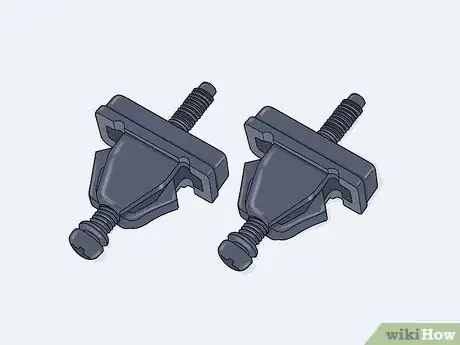
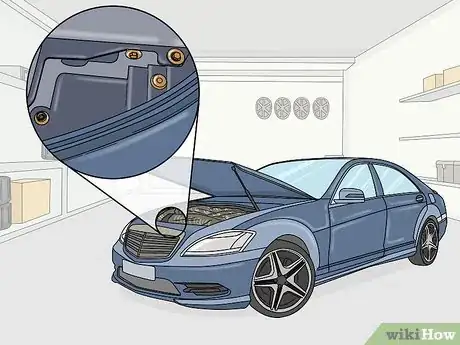
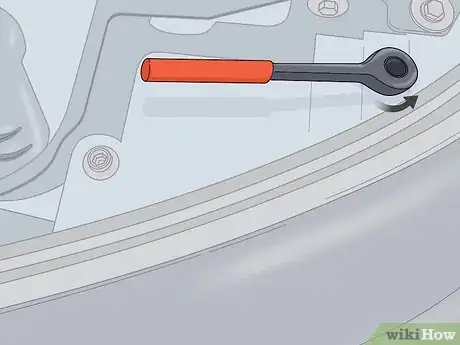

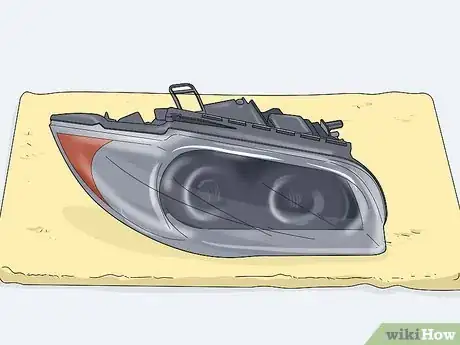
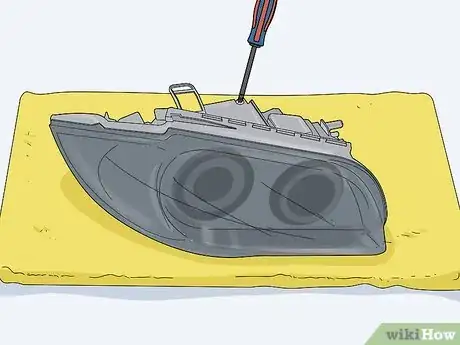
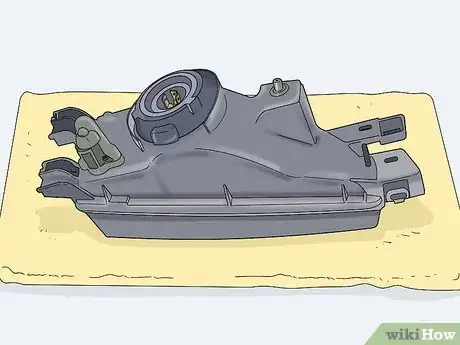

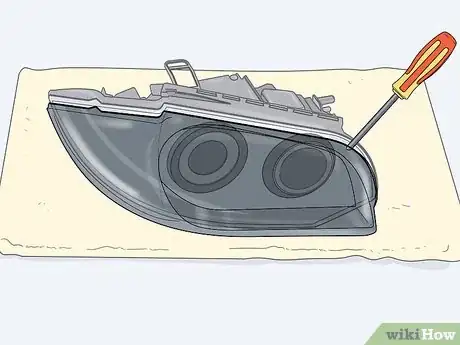


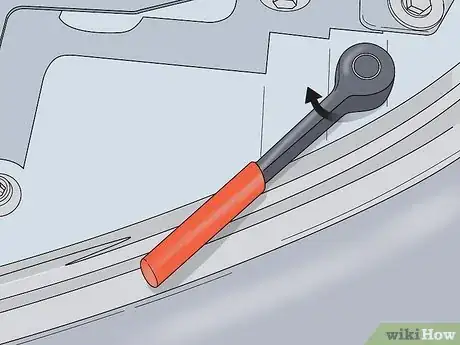
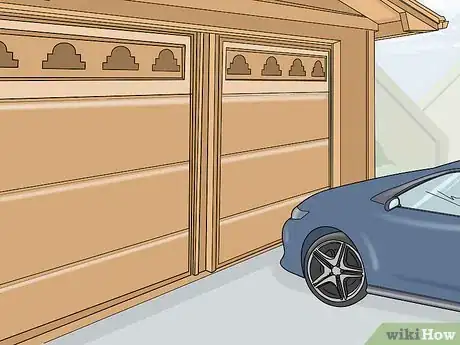

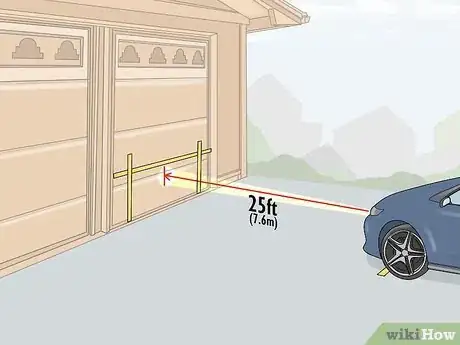
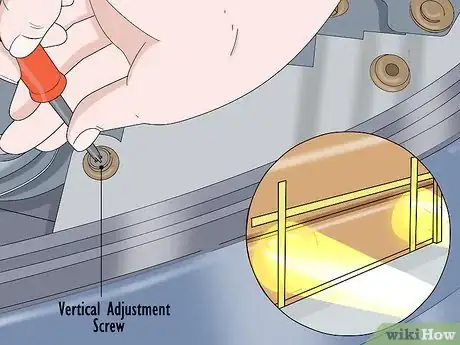
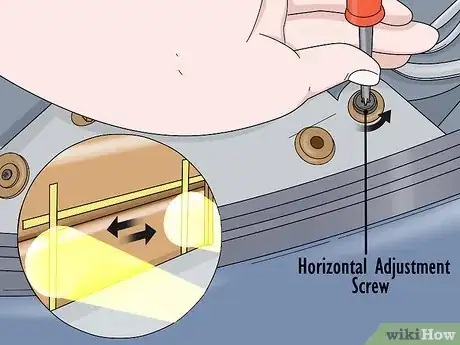
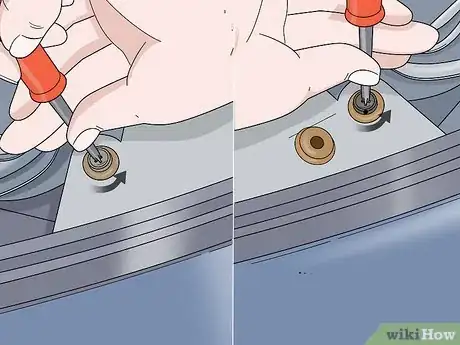
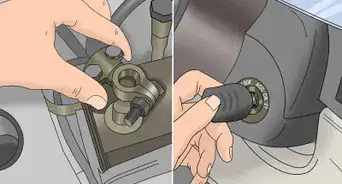

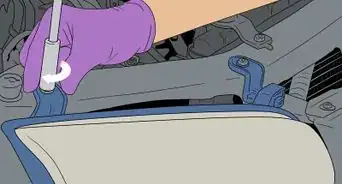

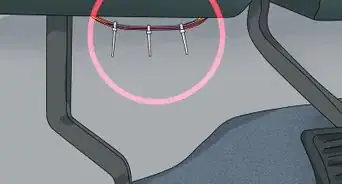
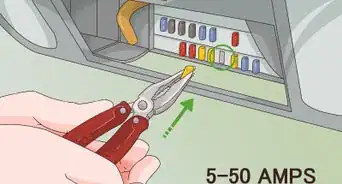


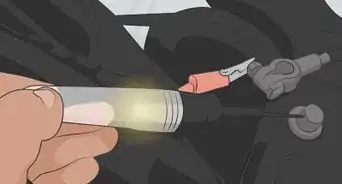

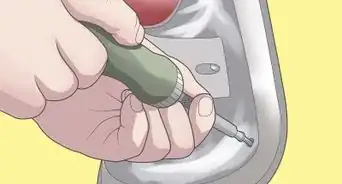
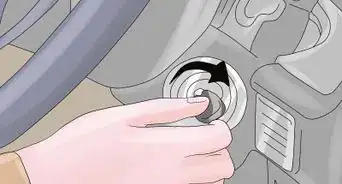
-Step-5-Version-2.webp)








